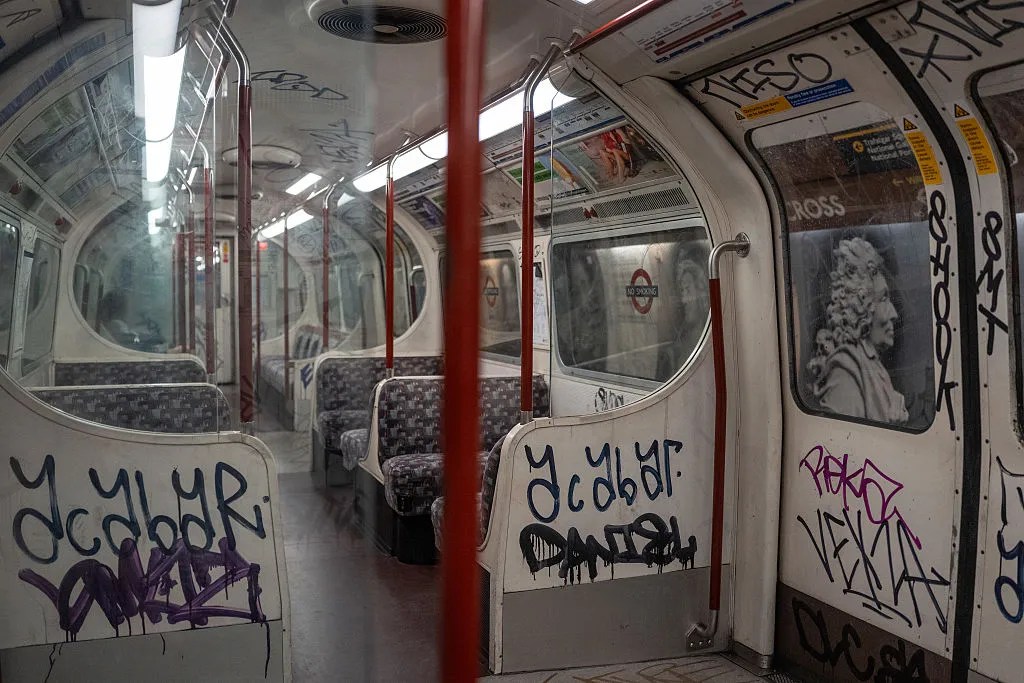John O’Malley and William Nelson-Morgan; Adnan Ghaffour and Leanne Hodgson; Sameer Ali and Stacey Vint – some of the dozens of people who were arrested, charged, convicted and sentenced within days of taking part in the riots that swept across parts of the UK.
No delays in the police investigation for them, no waiting for the crown prosecution service (CPS) to make a charging decision and no adjournments in court. All cogs in the criminal justice machine working together, sending out a strong message of punishment and deterrence. Punch a police officer on Monday, hear the clang of the cell door on Friday.
The staggeringly long gap between crime and sentence weakens the impact of punishment and deterrence
It’s an impressive operation that has undoubtedly helped bring calm back to our streets. But it has taken leadership from the top of government, the CPS, police and the courts to make it happen, serving only to highlight that this is not ‘business as usual’. It is, in fact, as far from usual as you can imagine.
The criminal justice system in England and Wales is crippled by delays and backlogs, with the vast majority of crimes going unsolved. Over the past decade, the proportion of offences recorded by police that result in a suspect being charged has plummeted from 15 per cent to 6 per cent. When someone is prosecuted for a serious crime, it takes almost two years, on average, for the matter to be dealt with in a crown court, where there are some 68,000 outstanding cases, 30,000 more than five years ago.
Among the factors underlying this sorry record of under-performance include years of cuts to policing, the CPS and the courts which stripped the system of personnel and know-how. Added to this, there has been a growth in criminal cases, which can be more difficult to investigate and take longer to progress – such as sexual offences and those involving digital evidence. The Covid pandemic led to thousands of trials being postponed; the barristers’ strike, the erosion of rates of criminal legal aid and linked to that a chronic shortage of lawyers to defend and prosecute have also affected prosecution delays.
None of these issues is easy to address without the kind of significant investment in criminal justice that the government simply cannot afford. But what the last fortnight of arrests and court hearings has demonstrated is that when different agencies have one clear objective they can get things done – and that objective should remain speedy justice.
The staggeringly long gap between crime and sentence weakens the impact of punishment and deterrence, while any rehabilitative benefits from sentencing are blunted as the weeks and months go by and an offender’s circumstances change. It’s particularly true for young people where change can be so rapid: within a few weeks, a teenager on the fringes of a gang may become caught up in more serious forms of criminal behaviour or quickly find themselves in the grip of an exploitative relationship that is hard to shake off.
Just for Kids Law, a group which campaigns for children’s rights, highlighted the risks of delay in a report in 2020 saying it was ‘extremely damaging’ for young people to be left ‘in limbo’ for long periods. It said the dangers were acute for those approaching their 18th birthday because it ‘pushes them by default into the adult criminal justice system where the consequences are profound’.
The report went on:
The damaging consequences of turning 18 between the date of the offence and prosecution include loss of anonymity, reduced likelihood of diversion, only being eligible for adult sentences, longer supervision periods (heightening the risk of breach) and much longer rehabilitation periods which reduce employment prospects and prevent people moving on with their lives.
Tony Blair’s administration understood the need to fast-track under 18s through the criminal justice system, so it set a target to halve the time from arrest to sentence for ‘persistent’ young offenders. In fact, it was a manifesto pledge. In 1997, it took just under five months (142 days) to deal with such cases; by 2001 it was down to about two months (63 days). Although some areas struggled to achieve the target, the overall figure hovered around the 70-day mark for several years.
The persistent young offender timeliness target no longer exists. It became the victim of a general clear-out of criminal justice performance indicators in the latter stages of the last Labour government and the early years of the coalition which followed, amid concerns they were being manipulated and creating perverse incentives. That is certainly a risk with targets, but if they are carefully constructed and monitored, it can be avoided.
The greater danger, without targets, is that there is a general slackening off, a loss of focus and decline in performance. Youth Justice Board figures for 2023 show that from the time of an offence it took, on average, nearly seven months for under-18 year olds to be dealt with at court – the third highest figure on record.
This week, two 12-year-old boys became the youngest to be convicted over the riots: one had chucked an object at police during unrest in Southport, the other had thrown a missile at a police van in Manchester. They’ll be sentenced next month, showing a clear connection to them, and society more broadly, of how criminal behaviour has serious consequences. The riots have reminded us of the importance of this basic principle – swift justice: it’s time to build on it.







Comments